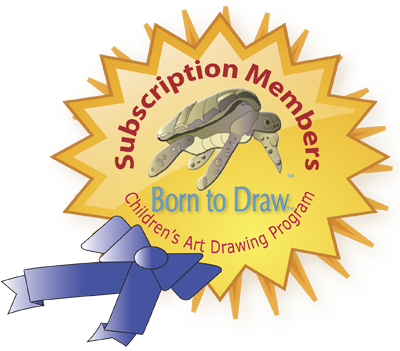Being creative takes time.
http://youtu.be/LQhSXcyDHLA

http://youtu.be/LQhSXcyDHLA
Years from Now
Although I cannot see your face
As you flip these poems awhile,
Somewhere from some far-off place
I hear you laughing —and I smile.
Shel Silverstein
The dedication of Shel’s new book of poems published by Harper-Collins grabbed me. The simplicity and elegance of his line drawings makes drawing look so simple putting a pen to paper or a stylus to a tablet. What I found creative about looking at the Harper-Collins webpage was that it also included classroom activities. Activity guide was created by Sue Ornstein, a first-grade teacher in the Byram Hills School District in Armonk, New York.
Jul 6, 2010 – 7 min – Uploaded by OregonStateUniv
Watch Portland artist Shelley Jordon at work in her studio. The OSU professor of art is becoming recognized for her moving …

Coming in 2012
Born to Draw Web TV and Podcasting
Art Curricula for Children K-6th Grades
Born to Draw is based on the core curriculum that features step-by step drawing instruction
and is designed as a teacher’s resource based on the
National and International Art Education Association Standards.

A piece by Ben Schuman (Volcano Vista High, Albuquerque, NM) that was available for A is for Art auction on September 9, 2011
After our biased assumptions and practices have been deconstructed, then what?
What have critical analyses of art education contributed to the field? How can we build upon the insights that have been gained without falling back upon accepted practices? Traditional association of progress with change has been questioned, indicating that progress is not a straight linear construct. In response to the question of what follows deconstruction of long held ideas and practices, I am optimistic that as educators our practices somehow will address some of the inequities revealed by critical educational thought. There is a growing body of voices indicating that either/or antagonistic paradigms will not advance education in general or art education in particular.
Art education as inquiry and as practice draws upon many fields and disciplines, some dealing directly with art, such as the creation, criticism, history, and aesthetics of visual arts. Other inquiries, sometimes tangential to direct applicability, also are important to our conceptions and practice of art education. The feminist movement, conceptions of aesthetics, multiculturalism, and other social issues, such as class, although often treated separately, usually overlap in the shaping of contemporary art education. Feminist inquiry in art education serves as an example of how art education scholars’ inquiries and interpretations have been influenced by several issues raised by postmodernist thought.
“….Postmodernism demands that the audience of art become involved in the discursive process of discerning meaning. This postmodernist view of art means a very different approach to teaching about art than was contained in our previous misconceptions that meaning was given by the high priests—critics, aestheticians, and historians—who were the keepers of the truth or meaning. Instead, meaning is inextricably connected to the tangled and changing web of context to be constructed by the audience. This means that there is no single meaning or truth, but one that is constructed by all who seek to understand art….”

Subscription Memberships for Classrooms or School Campus Sites, Home School or Afterschool Enrichment